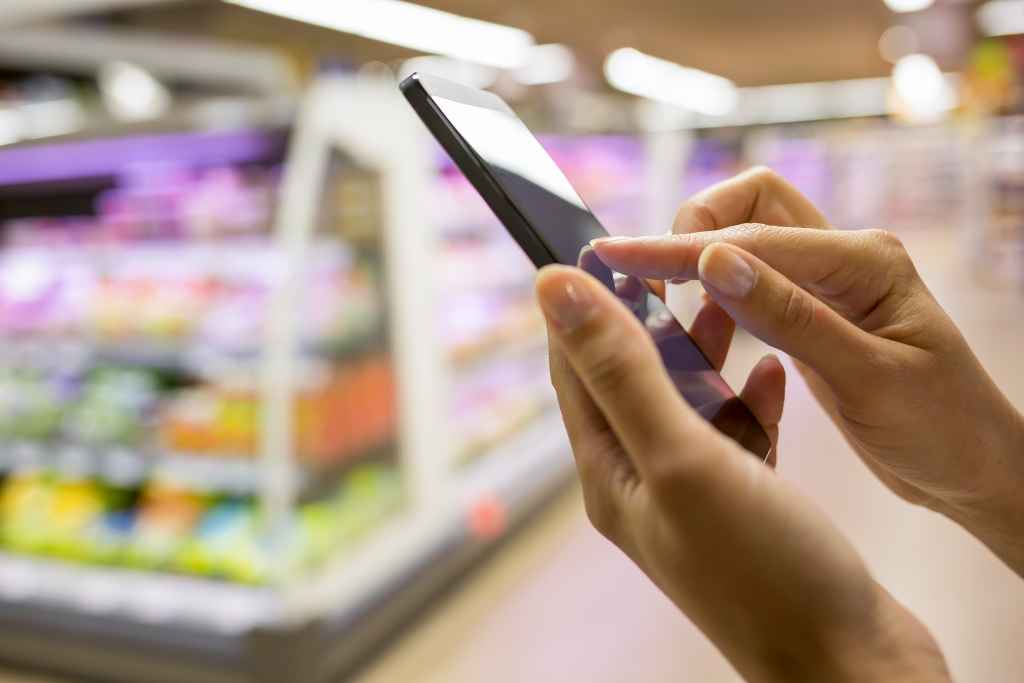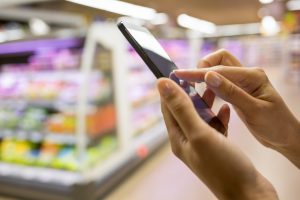The term “digital signage” doesn’t do the future of digital retail experiences justice. New technologies are continuing to revolutionize the active retail experience, which will evolve into an interactive, content- and solution-based platform.
At the same time, technological advances are challenging traditional notions of store design. Some will help stores combine customer contact points (storefront, sales area, fitting area and cashwrap) into engaging, seamless retail experiences. And yet, many of these technologies present myriad challenges to the retailer in that they’re far more sophisticated and complex than off-the-shelf gadgets installed by a general contractor
There must be an intelligent, integrated system in place that can be retrofitted or upgraded easily so new technologies can function over the long term. It’s then crucial to track ROI by determining whether these technologies lead to long-term customer engagement.
SOCIAL STUDIES
Social commerce will have a major effect on future store designs where the process of a sale can be more important than the convenience factor, for the customer. That means embracing online media is paramount for a hassle-free engagement. But first we need to change the behavior of the digital experience.
Obtaining the ideal balance of technology and a personal digital experience will involve the next generation of conversion-integrating devices for the senses, incorporating mobility while offering transparent brand identification Trend-tracking social media platforms such as Pinterest hold great insight into a consumer’s psyche; whether online or in the traditional brick-and-mortar store, shoppers need a place to connect.
A retailer’s in-store social/smartphone system should augment and assist the design. Each time someone goes into the store, there must be an exchange of data: shoppers share their preferences of goods and services, and the retailer authenticates their behavior by driving a positive brand message – giving the store’s visitors more reasons to stay connected. By anticipating shopping behaviors and habits, and responding to them proactively, and with understanding, retailers can easily foster customer loyalty.
Advertisement
Digitally broadcasting your brand as widely as possible will ensure its relevance and extend its longevity. In short: User-friendly technology is key. Its convenience will make shoppers’ experiences in-store amazing, and will remind them that your branded environment, not your competitors’, is best place to shop.
IF YOU BUILD IT, THEY WILL COME
What’s the best way to update the traditional approach to attract consumers? A big part is integrating mobile technologies into the sales experience. Here are 10 options to consider:
-
Pop-up alerts on a smartphone can lure customers into a store while utilizing analytics to maximize upselling on the fly.
-
Sensory systems that deploy scents or sights can trigger content pairing, and these can set the stage for a perfect balance of lights, music and scents to inspire a sale.
-
QR codes can replace promotional shelf talkers as incentives by which a consumer can socially drive their own allowable discount via “Likes.”
-
Digital closet and/or shopping cart apps display a product's color, size and availability, all while potentially offering incentives, storing a considered buy, or enabling “showrooming” for a future purchase.
-
Email communication can easily allow follow-up to the in-store experience, like providing considerations for an incomplete purchase, or reminding them of an upcoming sale. For example, the app WTSO (Wine Til Sold Out) provides a sense of urgency by identifying either a specific or limited number of products available at a deep-discount, until they sell out.
-
Automated vending machines featuring a highly curated assortment may complement your apparel offerings and create excitement. These machines can record a consumer's review of available items, or an actual purchase. Something along these lines may offer a fitting room experience via intelligent mirrors, allowing customers to “socially” decide on a purchase while connecting with the brand on an endless aisle of products and services.
-
Payment options like PayPal may be a consideration for ease of sales transactions.
-
Social media posts about in-store transactions can encourage customers to rate or rank purchases. In the case of a chain store, the customer publically becomes part of the sales trend for that branch, and, in turn, across the chain. A Pandora-type-buying effect might follow, by way of shoppers being informed digitally that “customers who viewed/purchased this item also viewed/purchased the following items.”
-
Wearable devices go well beyond the smartphone as a means of communication between shoppers and a retailer. If your brand is involved with a health-tracking service that monitors heart rate and calorie expenditure, for example, a hiker could use that service to purchase an item in one of your stores. Maybe they could then receive a retailer-offered incentive if s/he met or exceeded a predetermined workout goal.
-
The simplest option is having free WiFi for customers, even if its use is unrelated to your brand. People like convenience, and the ready availability of WiFi could encourage them to frequent your shop, even though that wasn’t their intention.
Of course, interaction with a real sales associate is still a vital component of any retail environment. However, all of these interaction strategies – if implemented properly – can enhance and establish customers’ relationships with a brand long-term. The future of in-store experiences is in the hands of retailers, who must find innovative ways to adapt their business practices to accommodate the technological and societal changes in their customers' lives. If embraced, digital platforms can help brands retain and attract people by offering an exciting, relevant and convenient shopping experience.
Christopher Love has served as vp of architecture & construction for BCBG Max Azria Group LLC (Los Angeles) since 2004. He leads a team responsible for the global design, construction and material procurement for all 22 brands’ retail and wholesale environments, corporate offices, tradeshows/showrooms and licensees partnerships worldwide. Love has been in the design business for more than 28 years, including positions with Calvin Klein and leading retail design firms like Walker Group / CNI, CLDA and RKI. He is an instructor at FIDM in Los Angeles and serves as the president of RDI (Southern California region). He also serves on the Digital Signage Expo Advisory Board. For more information about DSE, to be held March 10-13 at the Las Vegas Convention Center, visit dse2015.com.


 Photo Gallery2 days ago
Photo Gallery2 days ago
 Headlines1 week ago
Headlines1 week ago
 Headlines2 weeks ago
Headlines2 weeks ago
 Sector Spotlight2 weeks ago
Sector Spotlight2 weeks ago
 Headlines1 week ago
Headlines1 week ago
 Headlines4 days ago
Headlines4 days ago
 Headlines2 weeks ago
Headlines2 weeks ago
 Designer Dozen1 week ago
Designer Dozen1 week ago
















